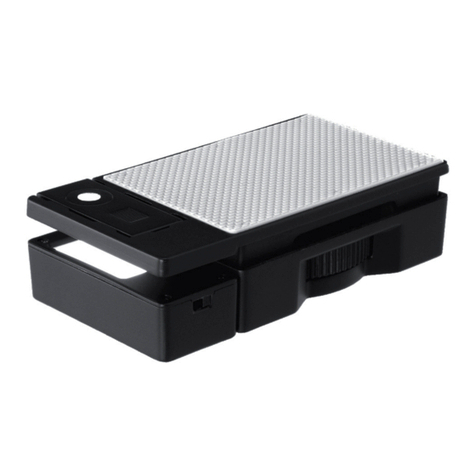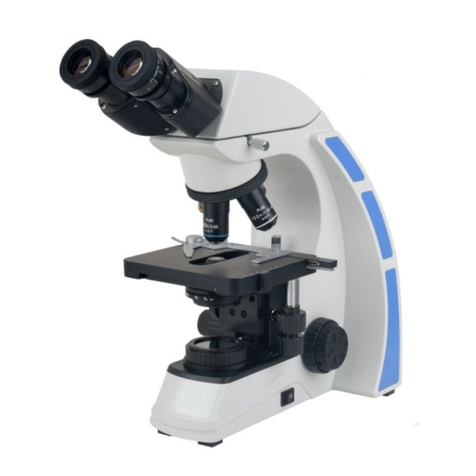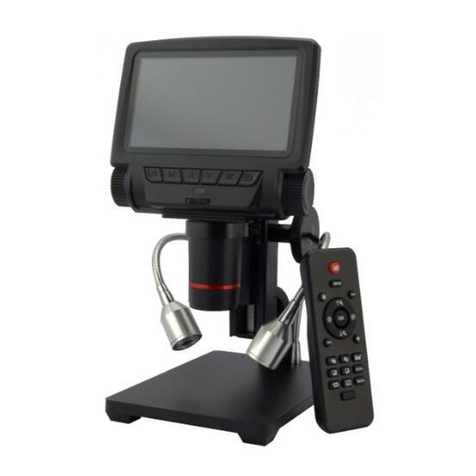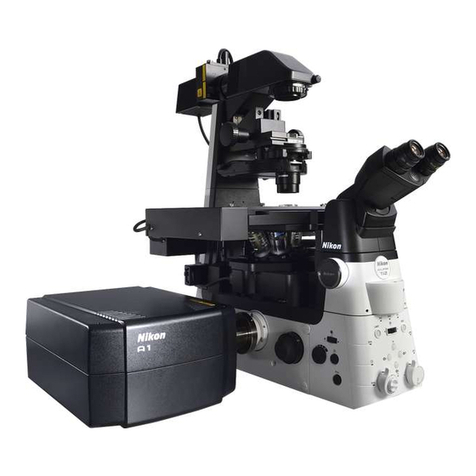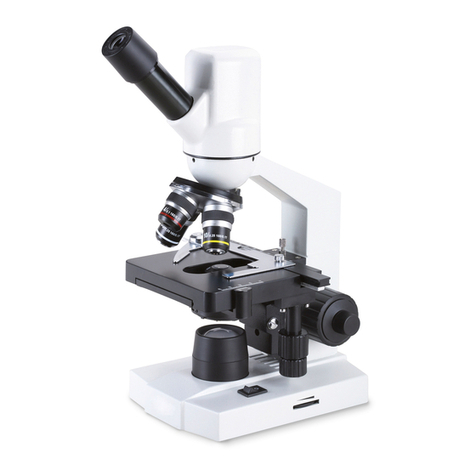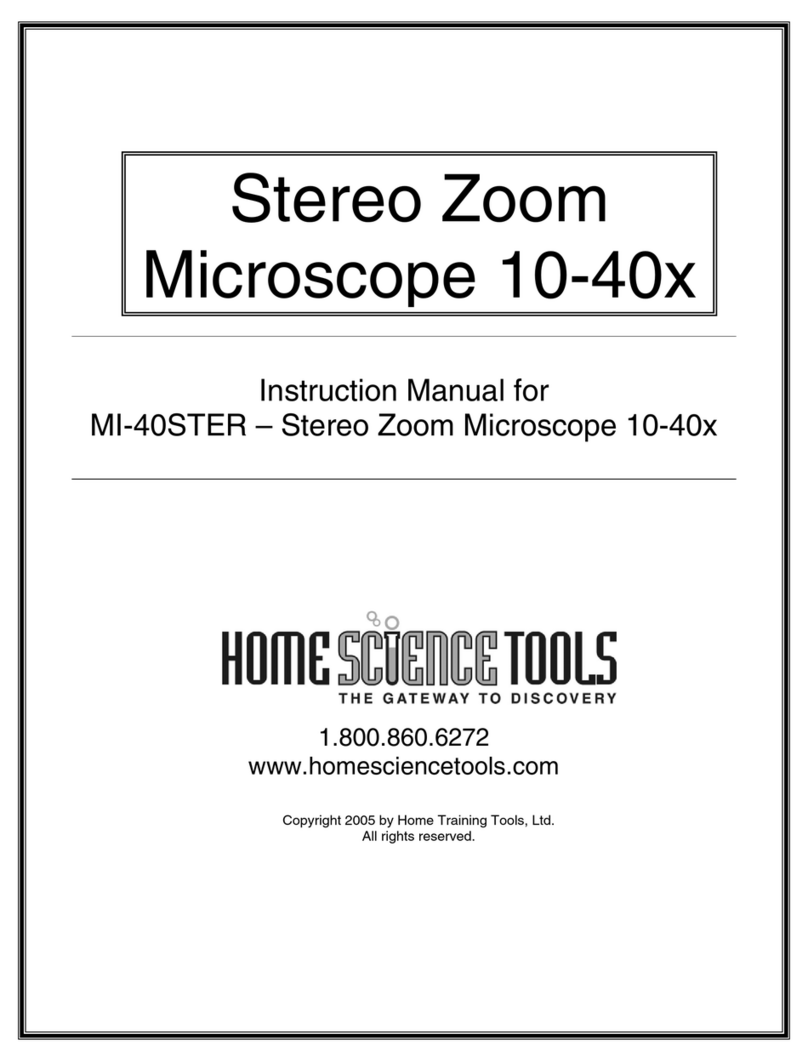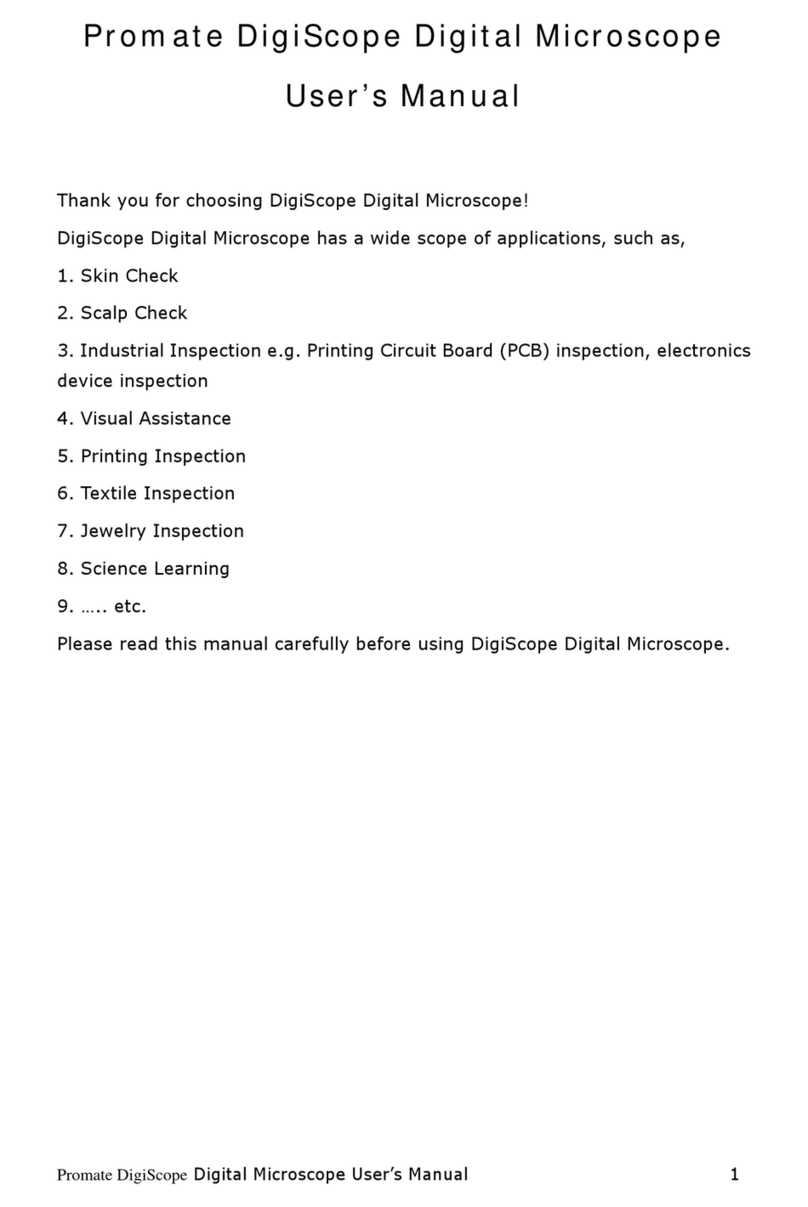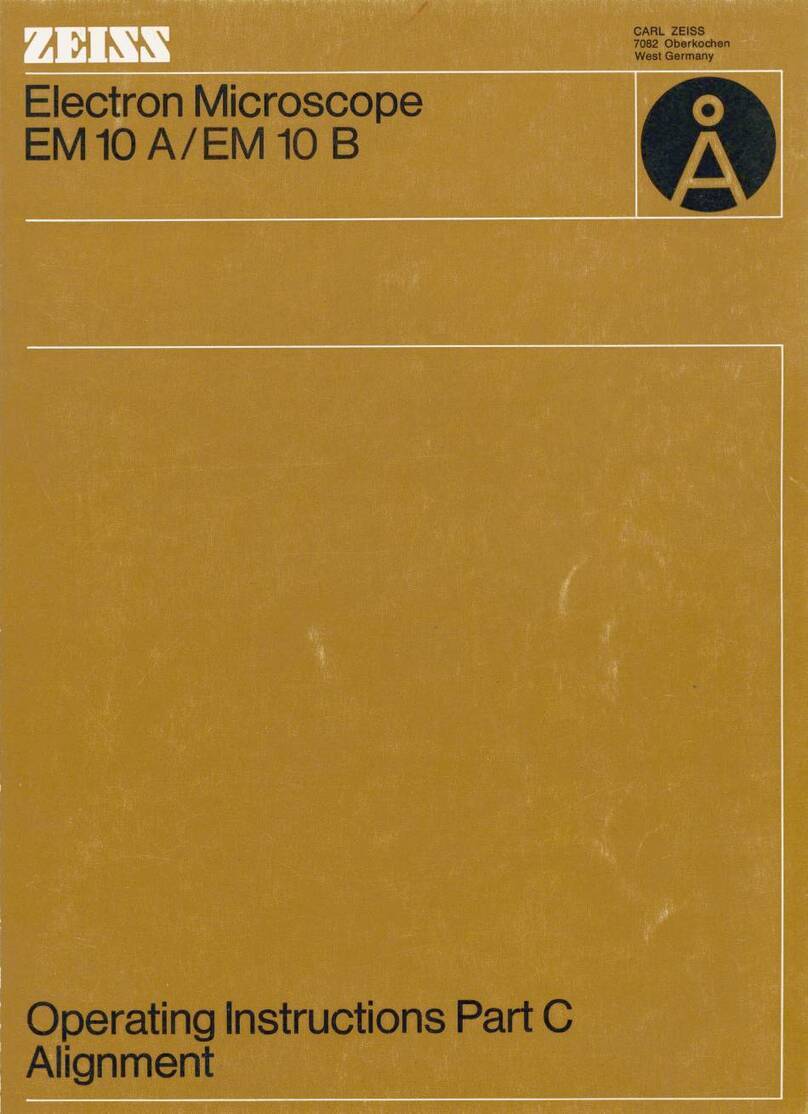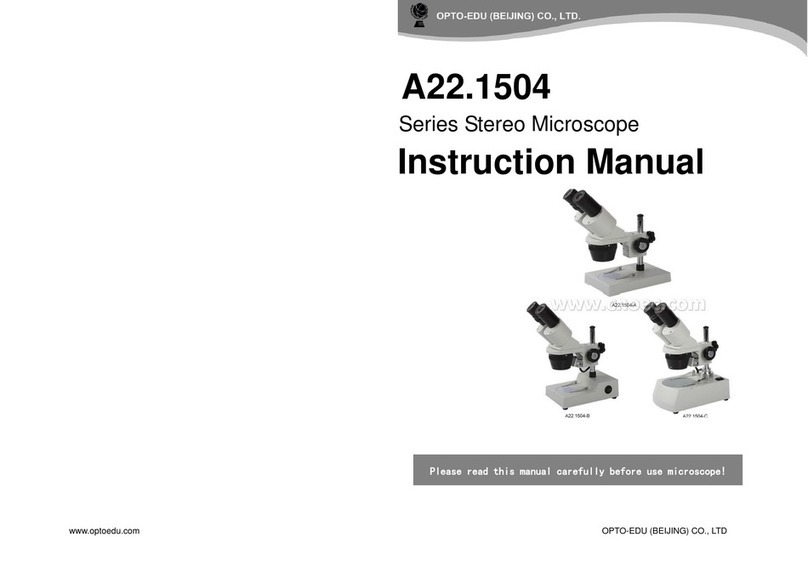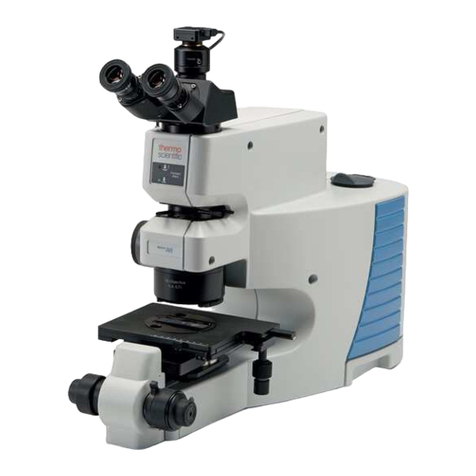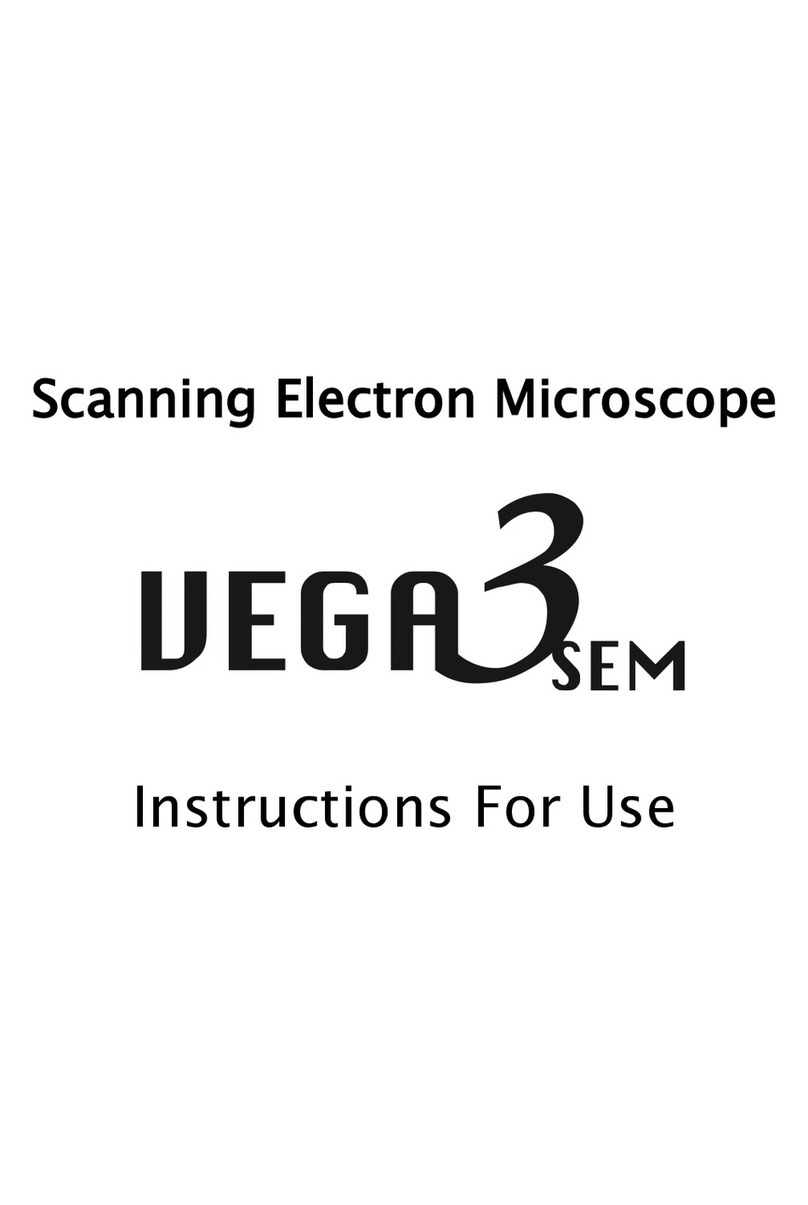Discovery Kids TDK25 User manual

Please retain the information on this manual
for future reference.
Colour, designs and decorations may vary
from those shown in the photographs.
Printed in China.
Customer Services:
+44 (0)1702 208175
Item no. TDK25
© 2016 Discovery Communications LLC.
Discovery kids and the Discovery Kids logo are
trademarks of Discovery Communications,
LLC, used under license. All Rights Reserved.
discoverykids.com www.trendsuk.co.uk
Distributed by Trends UK Ltd,
Harwell Innovation Centre,
Curie Avenue, Harwell Oxford,
Didcot OX11 0QG. UK
Email: [email protected]
Requires 2 x 1.5V AAA batteries (not included).
The purpose of the crossed-out wheelie bin symbol is to
remind us that most electrical product and batteries
contain trace elements which could be harmful to our
environment and therefore our health. We must all be
careful to dispose of them responsibly in a specifically designated way
– either using a collection scheme or into the correctly labelled civic
amenity (NOT into general waste) – this will help your local authority to
arrange to recycle or dispose of them in the appropriate manner.
To be used under
the direct supervision
of an adult.
WARNING!
40
PIECES
FEATURES
ELECTRIC
ILLUMINATION
Inspired by
AGES
8+
150X Microscope
150X Microscope
Instruction Manual
50X
100X
150X
MAGNIFICATION

2 3
Inspired by
1 x microscope
2 x prepared slides
6 x blank slides
12 x statical slide covers
12 x blank labels
2 x collecting vials
1 x needle/probe
1 x petri dish with magnifier
1 x 3/6X magnifying glass
1 x tweezers
1 x manual
Contents
1. The most important parts of your
microscope are the lenses. Handle
them with care. If the lenses are dirty or
dusty you can clean them with a soft
cotton cloth or a special lens-cleaning
tissue. Do not wipe them with a finger
or a facial tissue.
2. If you are not going to use your
microscope for a week or more, remove
the two batteries that power the
illuminator.
3. Protect your microscope from dust and
moisture by always storing it in its box.
Helpful Hints
Transparent glue
Coloured dye (optional)
Things you may need for
making slides that are not
included with this set:
Components
Body Tube
Revolving
Lens Turret
Objective
Lens
Stage
Stage Lamp
Stage Lamp
ON/OFF
Switch
Focusing
Knob
Clip
Battery
Compartment
(not shown)
Eyepiece TAKE
A CLOSER
LOOK AT THE
WORLD
THIS 40-PIECE
SET INCLUDES
SLIDES, TOOLS AND
ACCESSORIES FOR
COLLECTING AND
CREATING
SPECIMENS

1) Read the important battery
information on page 7.
2) Unscrew the battery door on the
rear of the microscope.
3) Install 2 x AAA batteries as shown
inside the battery compartment.
Make sure the + and – terminals
on the batteries match the
illustration.
4) Replace the battery door, taking
care not to over-tighten the screw.
Battery installation
4 5
Inspired by
4) Look through the eyepiece and at
the same time, use the focus knob
to adjust the focus until you see a
clear image of the specimen. Avoid
turning the knob to the point
where the lens presses against the
slide, as you may damage the
microscope or the slide. You may
need to move the slide slightly to
ensure the specimen is centred
through the eyepiece.
5) To increase the magnification,
rotate the lens turret until the next
largest lens (100X) is aligned with
the specimen. You will need to
adjust the magnification slightly to
obtain a sharp image. Use the
highest magnification (150X) only
after you have used the other two,
otherwise you may have difficulty
focusing on the slide.
IMPORTANT: Wash your hands before
and after every project using warm
water and soap. Also wash any of the
tools and accessories that have been
used to prepare specimens. Be
careful when handling the slides and
slide covers. Make sure an adult
knows what you are doing and is
available to help you.
AAA
AAA
Open
Close
1) Move the light switch to the ON
position.
2) Rotate the lens turret until the
shortest objective lens (50X) aligns
with the opening in the stage (it
will click into place when it is
aligned properly). Check that the
light can be seen through the
eyepiece.
3) Place a prepared slide on
the stage and secure with
the slide clips, making
sure the specimen is
aligned with the centre
of the light.
Using your
microscope
BEFORE
LENSES WERE
INVENTED, SOME
EARLY MICROSCOPES
USED TINY GLASS
GLOBES FILLED
WITH WATER
TO MAGNIFY
OBJECTS.
YOUR
MICROSCOPE
MAGNIFIES SPECIMENS UP
TO 150X AND IS LIT WITH A
SMALL BATTERY OPERATED BULB.
THERE IS A MICROSCOPE CALLED
THE SYNCHROTRON, THOUGHT TO
BE THE BIGGEST IN THE WORLD,
THAT IS THE SIZE OF FIVE FOOTBALL
PITCHES. IT PRODUCES XRAYS
WHICH ARE 100 MILLION TIMES
BRIGHTER THAN THE SUN.
A BIT BIG TO CARRY
AROUND THOUGH!

Samples for examination should be
very thin so that light can pass
through them. If the sample is too
thick it will appear dark in the
microscope.
Cloth fibres, pollen, dust or salt
crystals will be easy to see and make
good samples for beginners to
observe.
If the sample is very thin and clear a
drop of dye may make details show
more clearly. Methylene blue dye (not
included) can be obtained from an
aquarium supply store. You can
6 7
Inspired by
Cross-sections of stems,
roots and pieces of leaves are
really interesting under the
microscope. When any kind of
cutting is involved, adult
supervision is essential.
3. Pick up your sample with the
tweezers and put it on the centre
section of the slide. Add one drop
of water or, if needed, you can now
add a drop of dye/food colouring
using your pipette.
Use your tweezers and the vials to
collect very small specimens from
your garden or home. Items that are
good to look at under a microscope
are pieces of bath sponge, leaves,
plant roots, flower stems, sand, dirt,
fabric fibres, salt and seeds.
Collecting Specimens
1. Wipe a blank slide clean, as dirt or
grease may affect the viewing of
your specimen.
2. Prepare a thin sample. You may
have to ask an adult to slice
something for you, as knives and
scissors can be sharp.
Making A Temporary Slide
CAUTION!
DYES AND FOOD
COLOURING CAN STAIN.
ALWAYS FOLLOW THE SAFETY
INSTRUCTIONS ON DYE AND FOOD
COLOURING BOTTLES. WE
RECOMMEND THAT CHILDREN WEAR
OVERALLS AND/OR OLD CLOTHES AND
THAT YOU COVER FURNISHINGS,
CARPETS AND WORK SURFACES.
ALWAYS FOLLOW THE SAFETY
INSTRUCTIONS ON DYE BOTTLES.
WHEN USING DYES,
ADULT SUPERVISION IS
ESSENTIAL.
transfer a drop of dye from the bottle
to your slide with the pipette.
You can also try a little food colouring
to see if that works on your specimen.
Try mixing up our own colours using
different food colours, an empty vial
and the stirring rod included in the
set.
How To Prepare
A Slide
Remember they must be thin enough
and small enough so that the light can
shine through and all around them up
through the hole of the slide. Solid
objects are not good for viewing with
your microscope.
1. Start with a clean slide and slide
cover. Make sure your hands are
clean and dry when handling the
slide covers.
2. Follow Steps 2 and 3 as before.
3. Before placing the slide cover over
your specimen add several drops
of transparent glue (not included).
Caution! Always follow the safety
instructions on glue bottles.
Making A Permanent Slide
– Only adults should replace batteries.
– Do not mix battery types or old and
new batteries.
– Do not use rechargeable batteries.
– Non-rechargeable batteries are not
to be recharged.
– Batteries are to be inserted with the
correct polarity.
– Do not short-circuit the supply
terminals.
– Remove exhausted batteries from
the toy.
Important Information – Safe Battery Usage
4. Place the slide cover gently over
the sample and gently squeeze
out any air bubbles.
5. Place your new slide in a safe
place and let it dry for a day before
you observe it under the
microscope.
We have also supplied labels for
your slides so you can name
specimens for future reference.
4. Gently place a slide cover
(see-through plastic label) over the
sample, being careful not to allow
in any air bubbles.
5. Remove any excess water or
dye/food colouring with a piece of
paper towel (not included) by
pressing it down gently over the
slide cover.
6. Observe your slide.
– When the toy is not in use, remove
batteries to prevent possible
leakage.
– Use only recommended or
equivalent battery types.
– Do not dispose of
batteries in fire:
batteries may
explode or
leak.
TAKE
A CLOSER
LOOK AT THE
WORLD
Other Discovery Kids Microscope manuals
